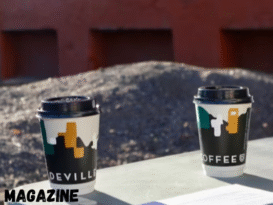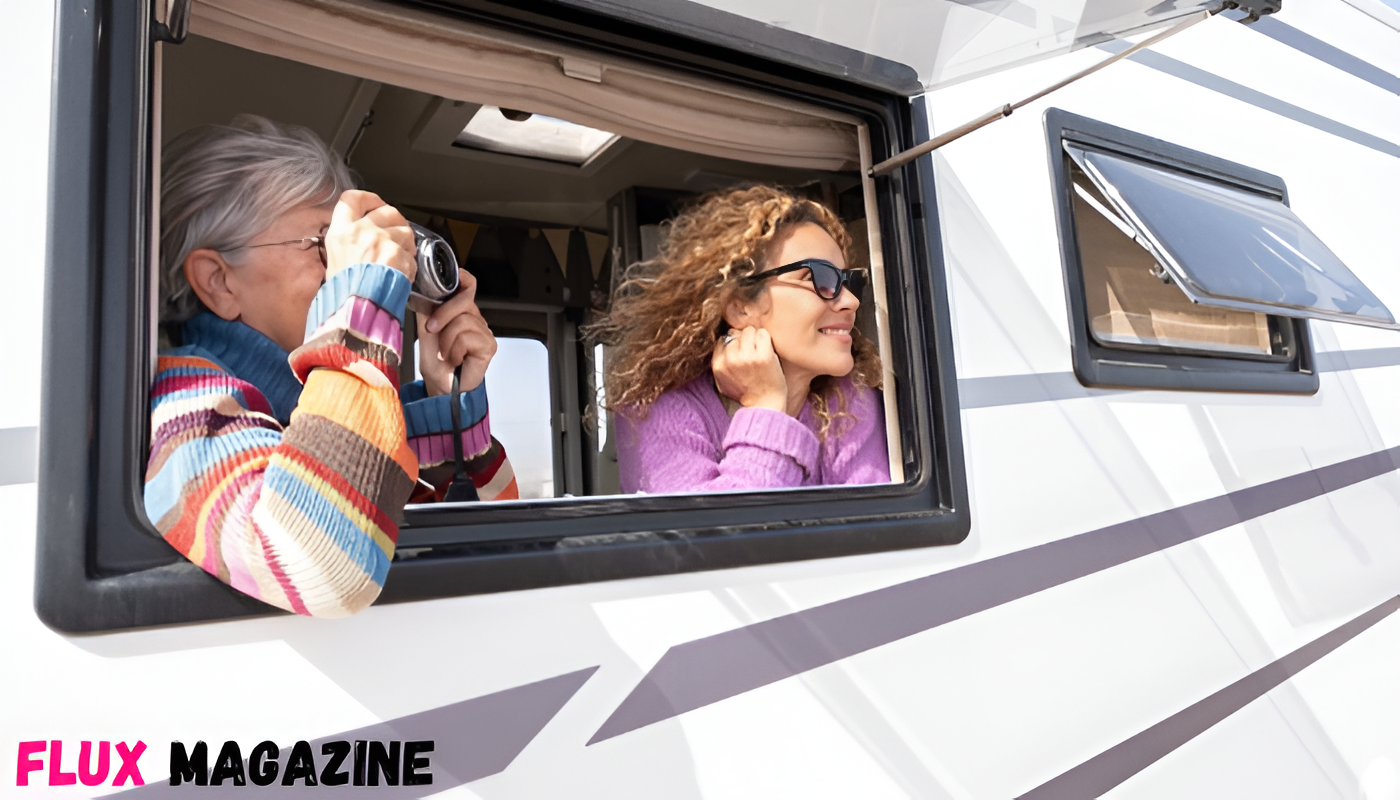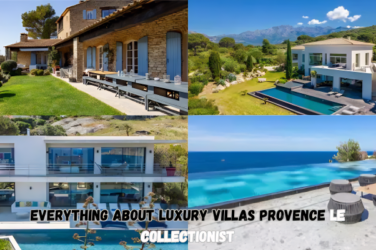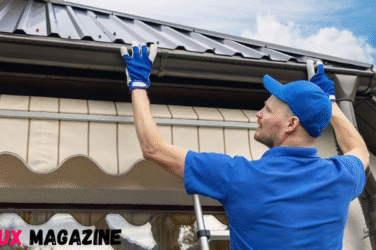There’s something magnetic about the idea of hitting the open road with everything you need packed into a sleek, self-contained home. The draw of luxury motorhomes is strong, with leather interiors, solar setups, ensuite bathrooms and panoramic windows overlooking remote beaches or quiet bush camps. It’s the perfect mix of freedom and comfort, where the journey matters just as much as the destination. But once the gloss of the purchase fades, many owners find themselves quietly blindsided by the ongoing costs. Not the obvious ones, fuel, rego, insurance, but the unexpected, less glamorous expenses that chip away at the joy. The kind that aren’t talked about in glossy brochures or dealership handovers. If you’re thinking about stepping into this lifestyle, it helps to know what you’re really signing up for.
Initial Setup Costs Are Only the Beginning
A luxury motorhome doesn’t just appear in your driveway ready for adventure. Once the keys are in your hand, the real spending often begins. Insurance premiums can be significantly higher for high-value RVs, and comprehensive cover is non-negotiable when your vehicle also serves as your accommodation. Then there’s registration, which varies by state but usually carries a hefty price tag for larger vehicles.
Storage is another consideration that catches people off guard. Not everyone has the space, or council permission, to park a motorhome at home. Long-term storage in a secure facility can cost hundreds per month, especially in metro areas. And if you’re planning upgrades or custom additions before your first trip, like satellite internet or lithium batteries, expect those costs to stack up fast.
With premium models, the Avida Explorer price sets a high benchmark, and that upfront figure is only part of the total cost of ownership. Even before you hit the road, expenses begin to pile up, and they don’t slow down once the journey starts.
Maintenance Never Takes a Holiday
It doesn’t matter how new or well-built your motorhome is, something always needs attention. Regular servicing isn’t just about the engine. Luxury vehicles come with complex systems: electrical, water, solar, gas, suspension, and more. Each component needs maintenance, and the costs quickly multiply if you’re relying on professional service centres.To mitigate ongoing expenses, some travelers choose a Class B RV’s for Sale, which can provide many of the comforts of a luxury motorhome but with simpler maintenance requirements.
Then there are repairs. Some are expected, like brake pads or oil changes. Others catch you off guard, like air conditioning failures, plumbing leaks, or issues with imported appliances. Even something as simple as a jammed slide-out can cost thousands to fix, especially if parts need to be ordered in.
Finding someone who actually knows how to work on these systems is another issue. Local mechanics often won’t touch high-spec RVs, which means travelling to specialist centres, not ideal if you’re in the middle of nowhere. And if you’re travelling full-time, time off the road for repairs isn’t just inconvenient, it’s expensive.
Fuel and Tyres Burn More Than Just Rubber
The size and weight of luxury motorhomes mean they’re rarely fuel-efficient. Add in long-distance travel across Australia’s vast landscapes, and fuel quickly becomes one of your most significant ongoing expenses. While diesel engines offer better torque and range, filling a 100-litre tank at remote outback prices can easily stretch beyond $200, and that’s just one stop.
Then there’s tyre wear. Larger vehicles need heavier-duty tyres, and they don’t come cheap. Even with regular rotation and proper inflation, expect to replace them more frequently than a standard car. Uneven terrain, rough road shoulders, and long-haul touring all contribute to accelerated wear. And it’s not just the cost of the tyres, you’re also paying for fitting, balancing, and often mobile service callouts if you’re on the road when something goes wrong.
These aren’t one-off expenses. They’re part of the rhythm of motorhome travel. And while it’s easy to budget for fuel, it’s harder to account for the added wear that comes from full-time or long-distance use. Over time, the difference between anticipated running costs and actual spend can be surprisingly vast.
Depreciation Doesn’t Wait for You to Use It
A lot of new owners assume their motorhome will hold its value well, especially if they opt for a known brand and keep the kilometres low. But like any vehicle, luxury RVs start depreciating the moment they leave the dealership. And with so many models hitting the market each year, demand can shift quickly, especially if a newer model offers better tech or a more efficient design.
It’s also worth noting that luxury finishes don’t always age gracefully. Leather upholstery, high-gloss cabinetry, and integrated tech can look worn within just a few years of regular use. Sun damage, dust, humidity and motion all take a toll, particularly in Australian conditions. Keeping a motorhome in resale-ready condition often means constant upkeep and the occasional replacement of interior fittings.
Even if the exterior is immaculate, buyers can be wary of older tech. A top-tier solar system or navigation setup from five years ago might be outdated by today’s standards. And if you’ve made personal modifications, like custom storage or fixed cabinetry, these can actually reduce resale value unless they appeal to a specific buyer.
Depreciation doesn’t slow down just because your usage does. Even if the van sits in storage, time continues to diminish the asset’s value. Understanding this early makes it easier to plan for future upgrades or downsizing, without the shock of a low trade-in offer or private sale return.
Custom Features Create Custom Problems
One of the big attractions of a high-end motorhome is the ability to personalise. Custom layouts, upgraded appliances, solar arrays, water filtration systems, the options feel endless. But the more tailored the setup, the harder and more expensive it becomes to maintain over time. When something breaks, it often isn’t as simple as a quick replacement.
Custom cabinetry might require a specialist carpenter. Imported appliances can take weeks to source parts. Even small things, like a broken handle on a unique cupboard door, may involve ordering from overseas or fabricating a workaround. And in many cases, aftermarket additions void parts of the manufacturer’s warranty, leaving owners to foot the full repair bill.
Then there’s compatibility. If you decide to upgrade your battery system or inverter, it needs to work seamlessly with everything else onboard. One outdated component can affect the performance of the entire setup. Many owners don’t realise this until they’re partway through an upgrade and the costs start spiralling beyond the original quote.
Personalised features add comfort, no doubt. But they also add risk. The more complex your setup, the more you rely on niche knowledge to keep everything running smoothly. And when something fails on the road, it’s often not a matter of if it can be fixed, it’s how far you’ll have to go and how much you’ll have to spend to fix it.
Custom Features Create Custom Problems
Despite the ongoing costs, there’s a reason luxury motorhomes remain so popular. For many people, the freedom to explore without sacrificing comfort is worth every extra dollar. The key is going in with eyes open. Knowing what to expect financially makes it easier to plan your trips, maintain your vehicle correctly, and enjoy the lifestyle for longer, without unpleasant surprises along the way.


















Show Comments (0)